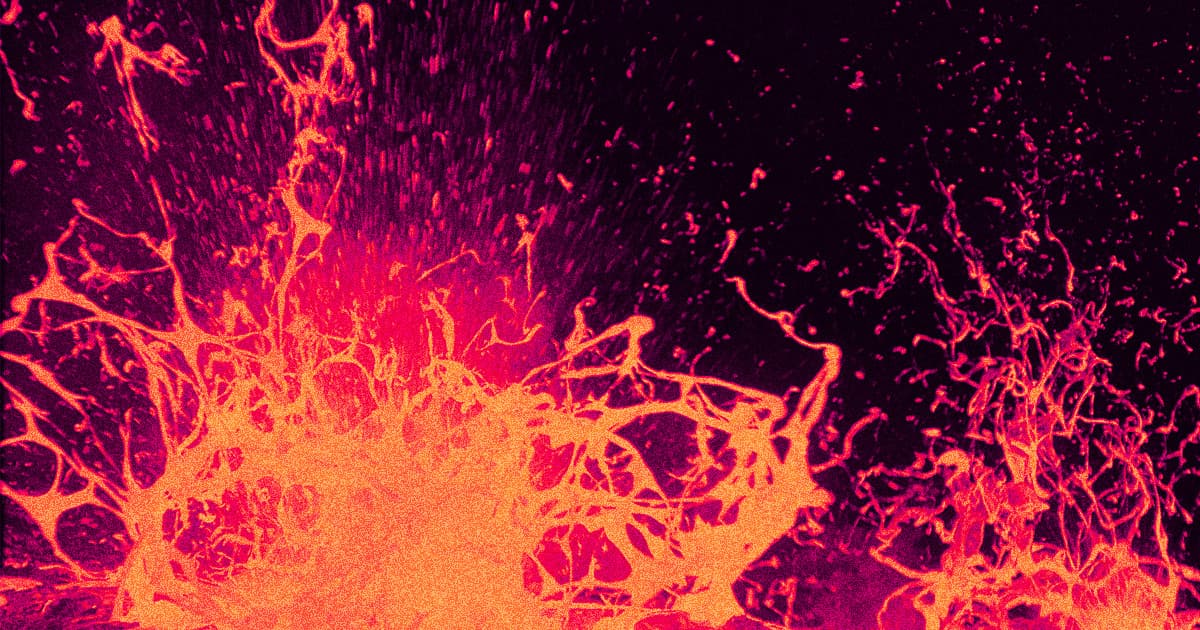Cool as hell.
Taking the Tube
When it came to finding shelter, our early ancestors simply had to make do. Case in point? In the deserts of Saudi Arabia, some of them apparently sought refuge from the oppressive heat by living in the underground remnants of volcanic activity.
As detailed in a new study published in the journal PLOS One, archaeologists have discovered the remnants of human habitation in a lava tube, where molten rock once tunneled its way through the Earth — a fascinating example of old-meets-new, since scientists have recently suggested that astronauts could build a base inside similar structures on both the Moon and Mars.
The nearly mile-long lava tube, known as Umm Jirsan, is the first to be excavated in the country, yielding — in another first — compelling evidence of humans living in these subterranean features in the Arabian Peninsula. Inside its cragged innards, the researchers uncovered both animal remains and human bones, as well as stone tools dating back to at least 7,000 years ago.
"This is really the first clear evidence of people occupying these caves," study co-author Mathew Stewart, a paleontologist at Griffith University in Australia, told The New York Times.
Cool Crib
It's not hard to understand what makes the lava tube an appealing spot, even if its dark, spooky depths may look a little unwelcoming. Above, the landscape is a "hot, dry and flat basalt desert" Stewart told New Scientist.
"But when you are down in the lava tube, it's much cooler. It's very sheltered and it would have been a great place of refuge," he added.
Archaeologists faced their own challenges with the heat. Combined with the dry, arid climate and harsh winds, the desert makes for a poor environment for preserving organic materials. This has made it difficult to accurately document how neolithic humans migrated and settled throughout the Arabian peninsula.
This was ample incentive to look downwards. In the surrounding area, the researchers had previously discovered rock art in the mouth of another lava tube.
Umm Jirsan harbored even more secrets. Alongside human bones, the researchers found the bones of animals that were likely brought there by humans. Shards of obsidian tools — tools fashioned out of extremely sharp volcanic rock — were also uncovered, along with a shard of pottery.
This probably wasn't an underground village, however. The evidence points to the lava tube being occupied in intermittent phases. With its cool interior, it served as a waypoint along pastoral routes, Stewart said, "linking key oases and facilitating cultural exchange and trade."
Permanently settled or not, Umm Jirsan was undoubtedly a significant source of refuge to the nomads and travelers of the day. With any luck, it will also represent a leap in our understanding of the ancient history of the region.
More on archaeology: Scientists Alarmed to Discover Microplastics in Ancient Archaeological Dig
Share This Article
